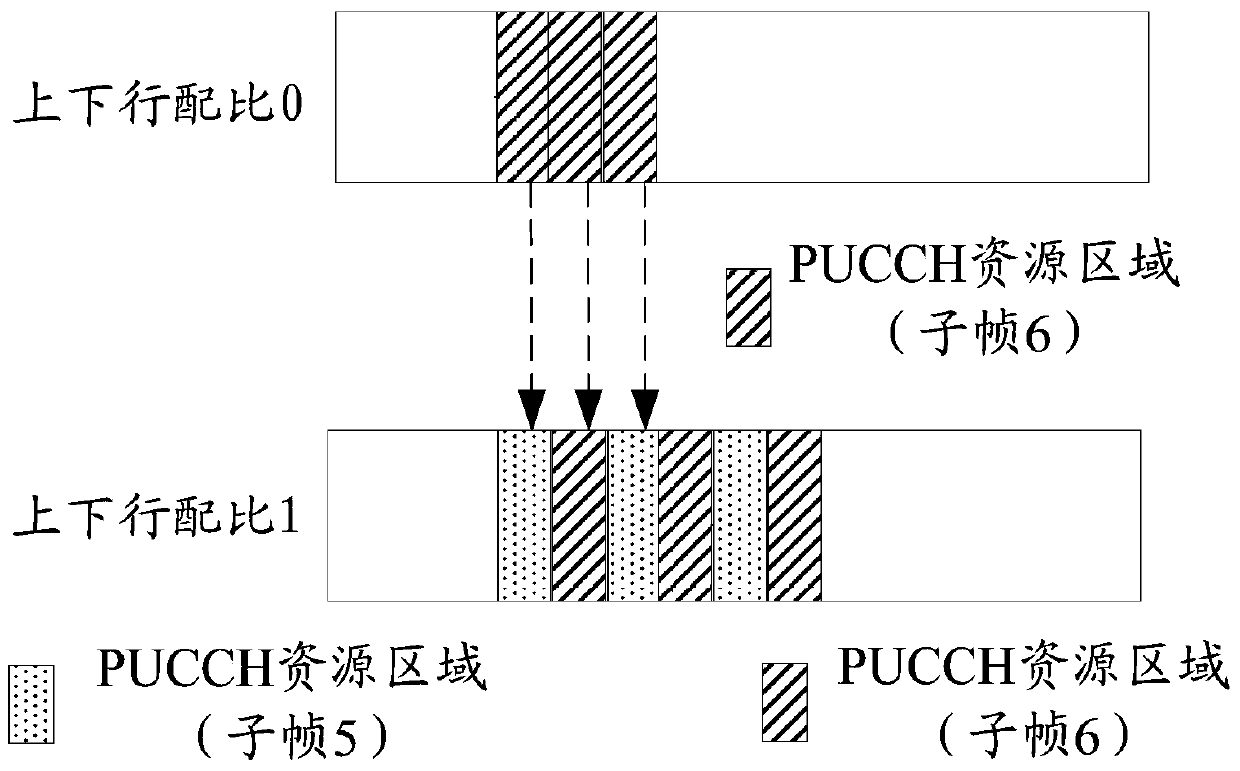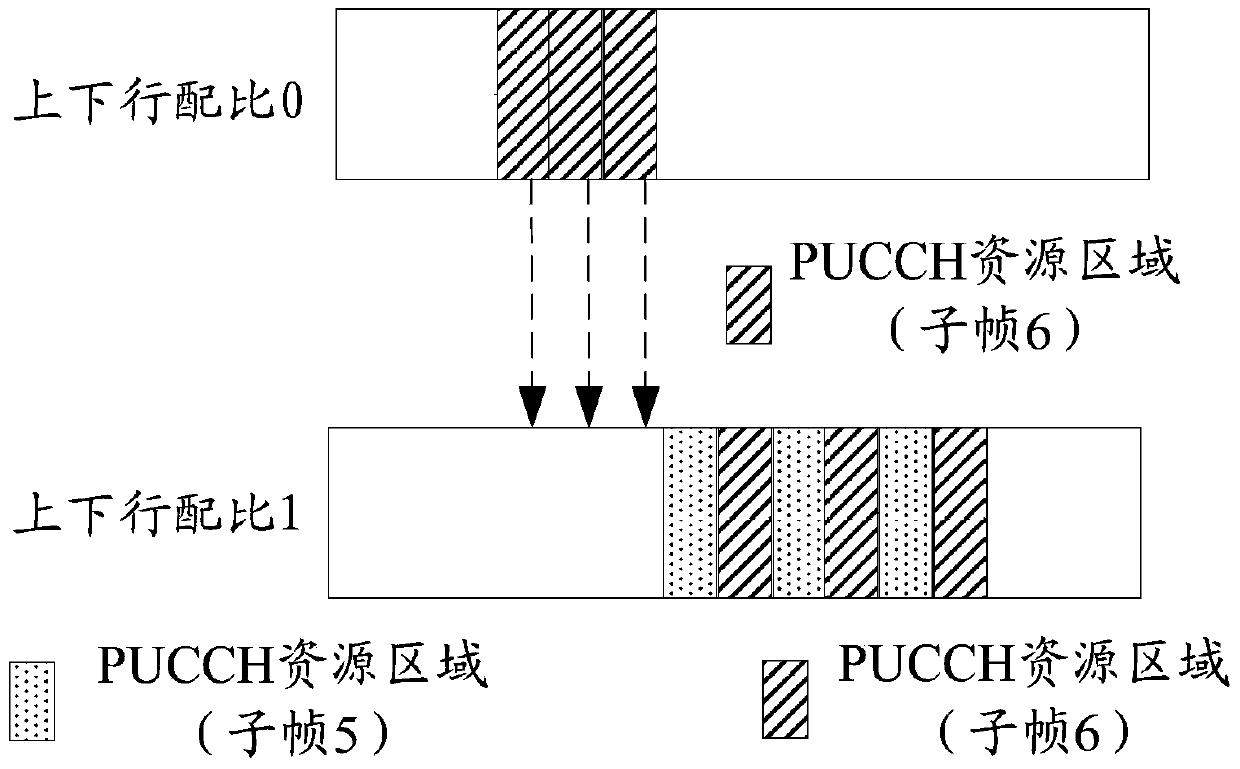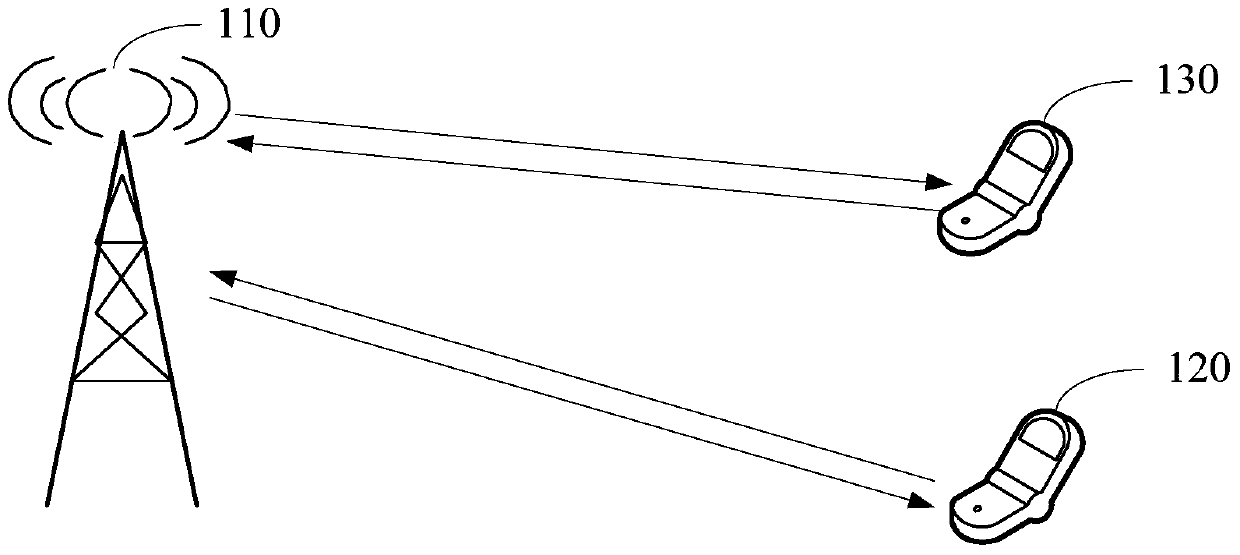Resource allocation method and equipment
A resource allocation and resource area technology, applied in the field of resource allocation methods and equipment, can solve problems such as unresolved new version UE, PUCCH resource area allocation, etc.
- Summary
- Abstract
- Description
- Claims
- Application Information
AI Technical Summary
Problems solved by technology
Method used
Image
Examples
Embodiment Construction
[0086] In the following description, for purposes of illustration rather than limitation, specific details, such as specific system architectures, interfaces, and techniques, are set forth in order to provide a thorough understanding of the present application. It will be apparent, however, to one skilled in the art that the present application may be practiced in other embodiments without these specific details. In other instances, detailed descriptions of well-known devices, circuits, and methods are omitted so as not to obscure the description of the present application with unnecessary detail.
[0087] The time domain in the system is composed of radio frames (Radio Frame), and the radio frames pass the system frame number (SystemFrame Number, SFN) n f For identification, SFN is to carry out round-robin numbering on radio frames by period. For example, using 10 bits to mark SFN, then n f =0, 1, 2...1023, that is, wireless frames are numbered from 0 to 1023 and then numbe...
PUM
 Login to view more
Login to view more Abstract
Description
Claims
Application Information
 Login to view more
Login to view more - R&D Engineer
- R&D Manager
- IP Professional
- Industry Leading Data Capabilities
- Powerful AI technology
- Patent DNA Extraction
Browse by: Latest US Patents, China's latest patents, Technical Efficacy Thesaurus, Application Domain, Technology Topic.
© 2024 PatSnap. All rights reserved.Legal|Privacy policy|Modern Slavery Act Transparency Statement|Sitemap



